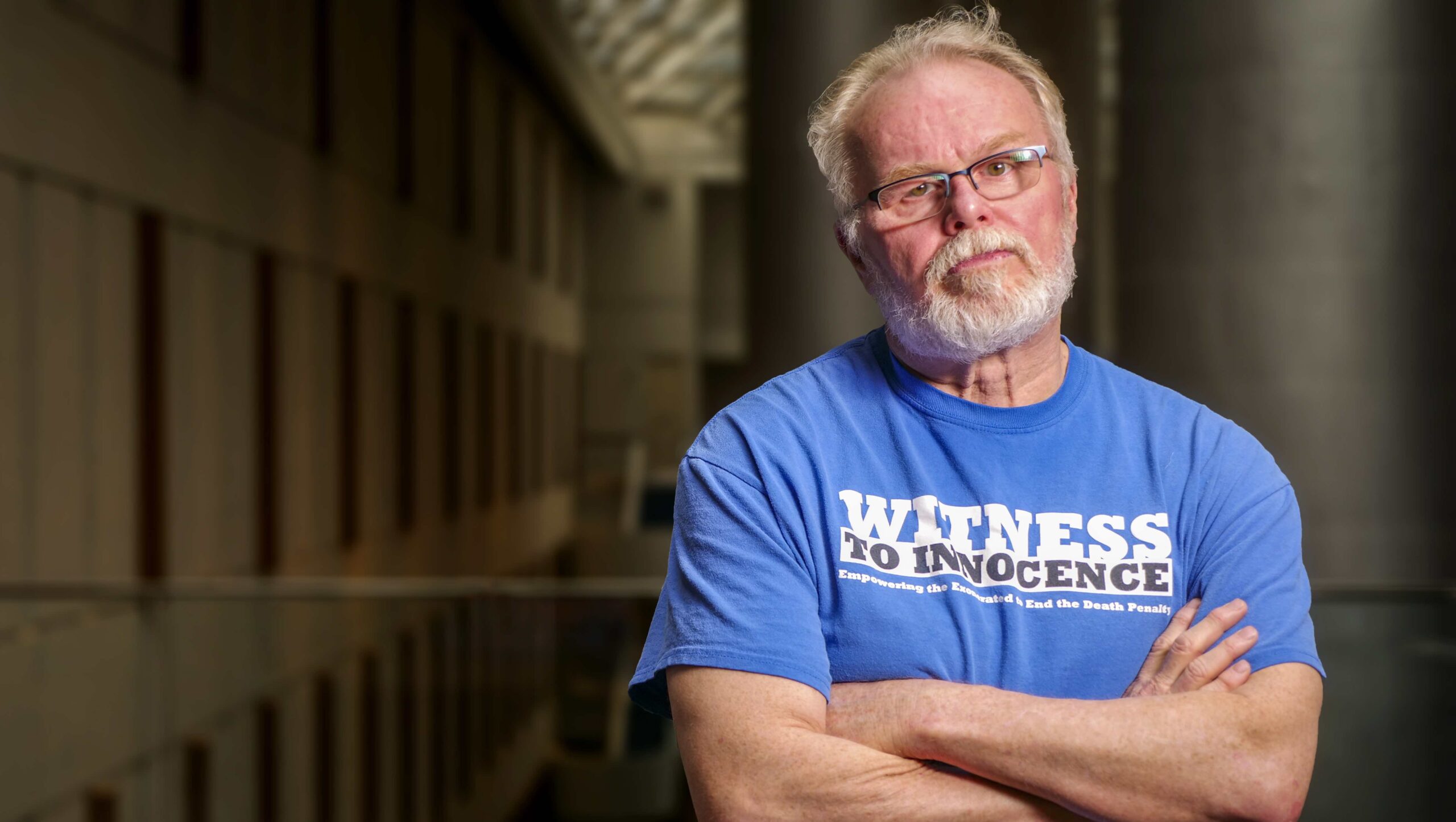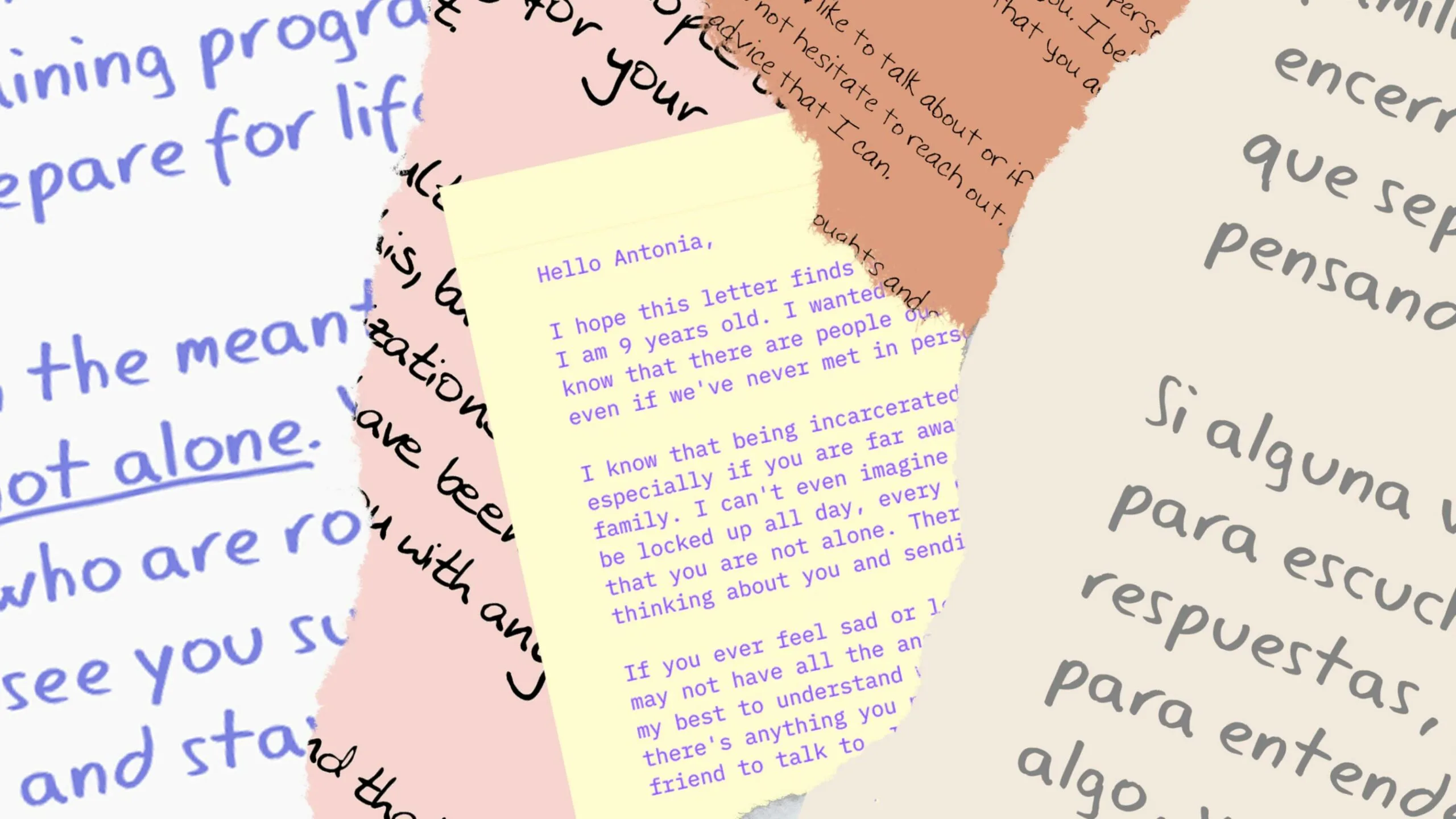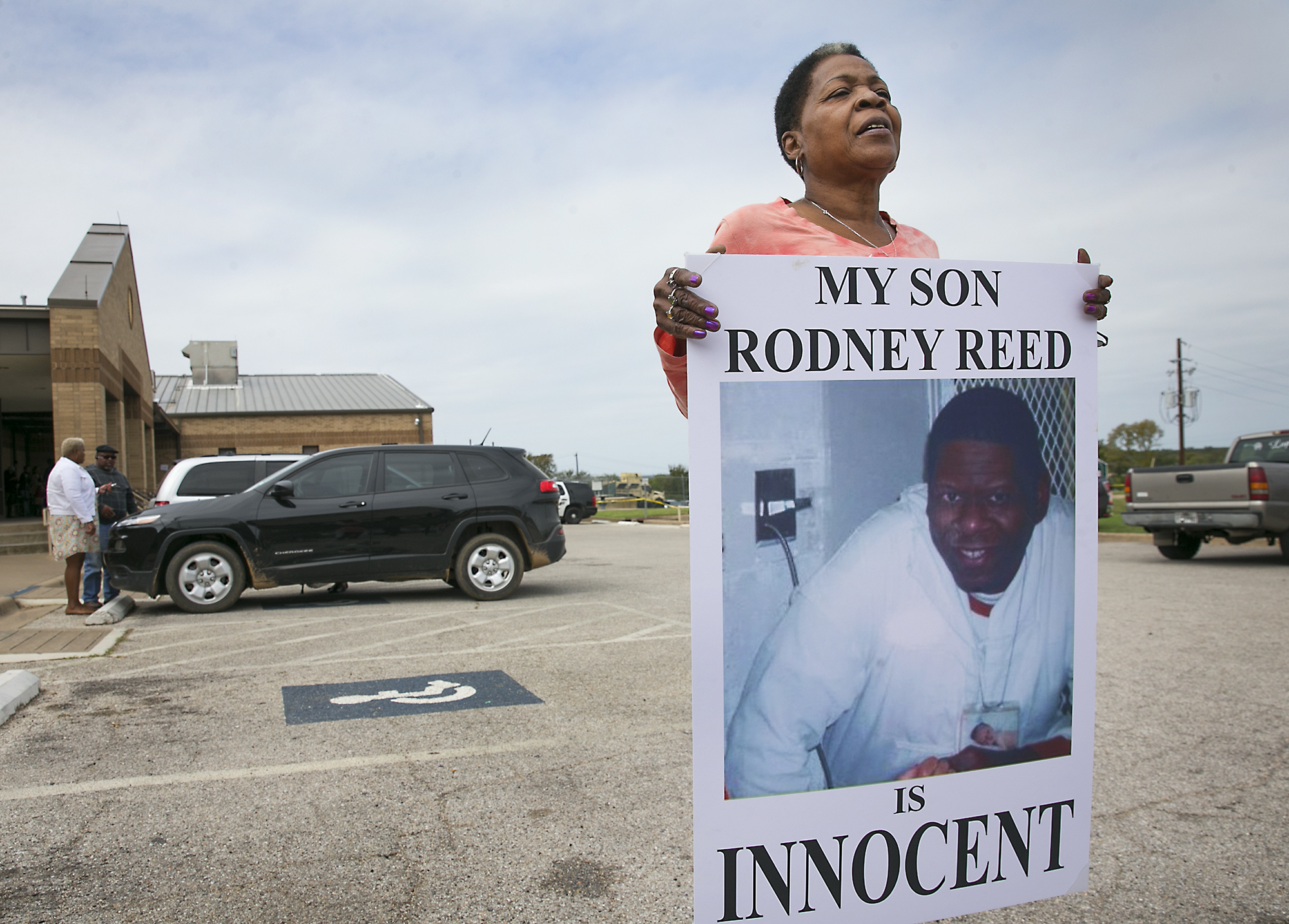DNA and Wrongful Conviction: Five Facts You Should Know
DNA has helped exonerate hundreds of people.
04.25.23 By Daniele Selby
The groundbreaking discovery of DNA’s unique double-helix structure is celebrated annually on April 25, World DNA Day.
DNA — or deoxyribonucleic acid — is in every cell of every living organism and contains the “blueprint” for building and maintaining living beings. And even though humans share 99.9% of their DNA with one another, the 0.1% of DNA that varies from person to person can tell us a lot about each individual, and can be used to help identify people who have committed crimes as well as exonerate wrongly convicted people.
The emergence of DNA technology, which has the ability to provide irrefutable proof of wrongful convictions, inspired Barry Scheck and Peter Neufeld to co-found the Innocence Project in 1992. Since then, the organization has used DNA technology and litigation to help free and exonerate hundreds of innocent people.
Here are five crucial facts about DNA and wrongful conviction you should know:
575 people have been exonerated based on DNA testing in the U.S.
According to the National Registry of Exonerations, 575 wrongly convicted people have been exonerated based on DNA tests that demonstrated their innocence since 1989. That includes 196 Innocence Project clients.
DNA testing in one case can cost up to $50,000.
While genetic DNA tests like 23andMe are fairly affordable, the kinds of DNA tests used in criminal cases can be very costly. Testing in a single case can cost anywhere between $5,000 and $50,000. This is often because multiple types of DNA tests may need to be conducted on a single piece of evidence, several pieces of evidence may each need to be tested, or very specialized testing may be necessary.

Kirk Bloodsworth at the 2019 Innocence Network Conference in Atlanta, Georgia. (Image: Lacy Atkins/Innocence Project)
DNA testing has exonerated 35 people from death row.
Nearly three dozen people sentenced to death have been exonerated based on DNA evidence, according to the National Registry of Exonerations. That includes Kirk Bloodsworth, the first person to spend time on death row and be exonerated by DNA evidence in the U.S. Mr. Bloodsworth spent nearly nine years wrongly incarcerated and is the founder of Witness to Innocence.

Kirk Bloodsworth at the 2019 Innocence Network Conference in Atlanta, Georgia. (Image: Lacy Atkins/Innocence Project)
Though all 50 states have post-conviction DNA laws, many of these laws are so restrictive or limited in scope that few people can actually access DNA testing after being convicted.
For example, in Alabama, a convicted person can only get DNA testing in their case if they have been charged with a capital offense, while in Kentucky, people who plead guilty are barred from accessing DNA testing, even if they falsely confessed or were coerced. Restrictive laws like this impede true justice and prevent wrongly convicted people from proving their innocence, while allowing the people who actually committed the crimes to remain undetected. This is why the Innocence Project works to amend these laws to ensure people can access DNA testing to demonstrate their innocence after they’ve been convicted.
As a result of such work done in partnership with the Innocence Network and exonerees, states like New Hampshire and Colorado have recently changed their laws to make DNA testing more accessible to people seeking justice. In 2021, New Hampshire changed its threshold for obtain testing, removing a “timeliness” requirement commonly used to deny requests for testing and extending access to testing beyond currently incarcerated people to include people on parole, probation, or sex-offender registries. And this year, Colorado similarly expanded access to post-conviction testing beyond currently incarcerated individuals. The state also reduced hurdles to justice for people hoping to prove their innocence by changing their threshold for DNA testing to a “reasonable probability” that they would not have been convicted.
Not every case will have meaningful DNA evidence to test.
While DNA does have the power to tell us a lot about people and crime scenes, it is not always available. DNA evidence is most likely to be left behind in violent crimes but only available in a small percentage of even these cases. Attackers leave behind DNA evidence in less than 10% of murders.
This means that in many cases of wrongful conviction (such as a shooting where no physical evidence is left behind), there may not be DNA evidence to test. Additionally, the ability to perform DNA testing on evidence relies on evidence being preserved (requirements for how long evidence must be preserved varies) and findable in law enforcement facilities. So preventing wrongful convictions by all means possible in the first case is so important because DNA will not be the key to justice for all innocent people.
The post DNA and Wrongful Conviction: Five Facts You Should Know appeared first on Innocence Project.
This content originally appeared on Innocence Project and was authored by madeo-design.
madeo-design | Radio Free (2023-04-25T01:55:32+00:00) DNA and Wrongful Conviction: Five Facts You Should Know. Retrieved from https://www.radiofree.org/2023/04/25/dna-and-wrongful-conviction-five-facts-you-should-know-2/
Please log in to upload a file.
There are no updates yet.
Click the Upload button above to add an update.




Leave a Reply
Thank you for visiting us. You can learn more about how we consider cases here. Please avoid sharing any personal information in the comments below and join us in making this a hate-speech free and safe space for everyone.